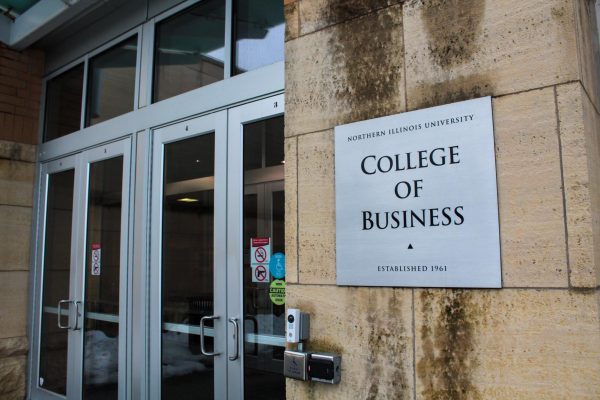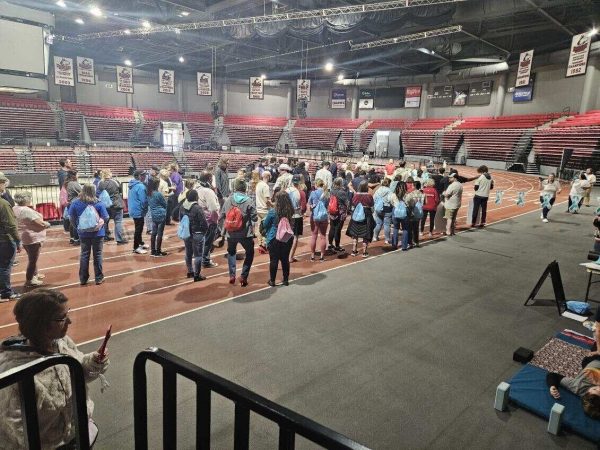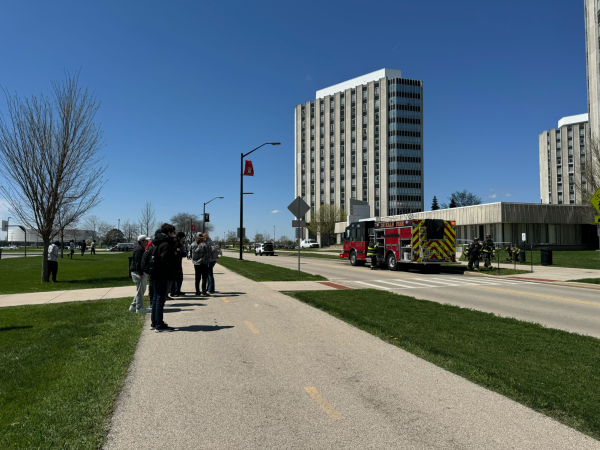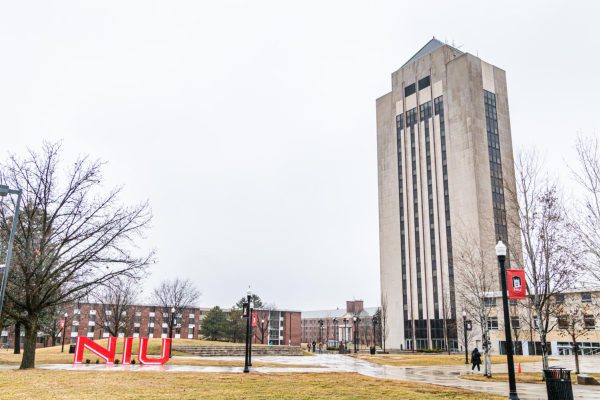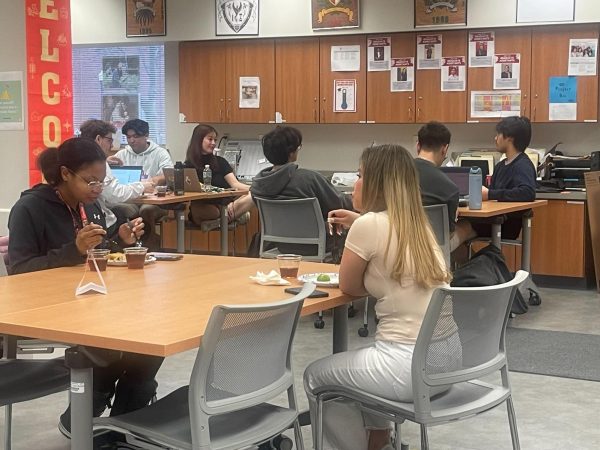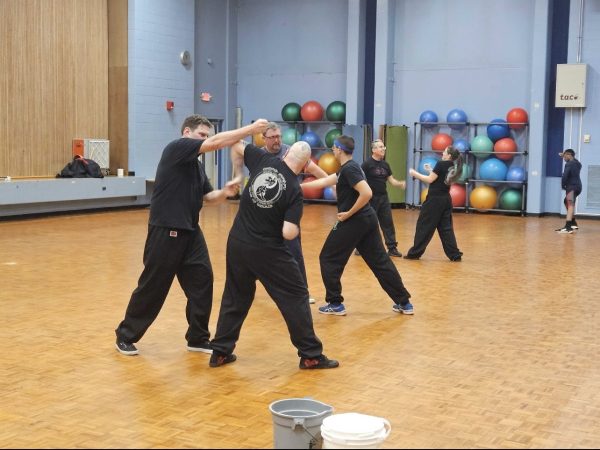Campus shelters built for possible nuclear threats
May 12, 2008
In recent months, NIU and the DeKalb area have seen security threats, including shootings, bomb threats and even earthquakes.
Around campus, there are places for students to seek shelter from these threats. But in the past, these shelters were used for a different kind of threat: a nuclear one.
Posted on some buildings are signs with radiation symbols that read “Fallout Shelter in Basement.” These buildings include the Holmes Student Center, Swen Parson Hall, Davis Hall and Grant Towers.
These shelters were part of the Community Shelter Plan, introduced by the Illinois Civil Defense Agency in 1972. The plan was for the protection of community residents in the event of a nuclear emergency by providing well-stocked shelters in public buildings.
David Scharenberg, radiation safety officer at NIU, remembers growing up during the time when fallout shelters were common.
“We had the fallout shelters; we had people building bomb shelters in their backyards, and again, this is back in the ’60s and ’70s through the Cuban Missile Crisis and the Cold War,” Scharenberg said. “It was quite an interesting time.”
Contrary to common belief, fallout shelters are not bomb shelters and would not typically withstand a nuclear explosion. Scharenberg said that the shelters can protect against radioactive contamination, since all that is necessary to block out dangerous radiation is a concrete and steel building with filtered ventilation.
Recent conflicts between the U.S. and countries like Iran and North Korea – which have been thought to be pursuing nuclear programs – have led some to consider possible threats to the U.S.
However, Yuan-Kang Wang, associate professor of political science, said a nuclear threat to the U.S. from North Korea is nothing to worry about.
“I would say, ‘No way,'” Wang said. “The U.S. is way, way more powerful, and it would be stupid of North Korea to attack.”
Wang also went on to say that North Korea’s intentions of a nuclear program are for security, deterrence and a tool for the concession of other countries to provide foreign aid to the communist and authoritarian state.
As for what has become of the shelters, all the pre-arranged food, water and equipment provided by the government have been removed from the shelters. A national mandate required all public buildings to decommission fallout shelters in 1978.
All that remains of these Cold War carry-overs have been turned into more useful facilities like computer labs, office space, weather shelters and storage.


